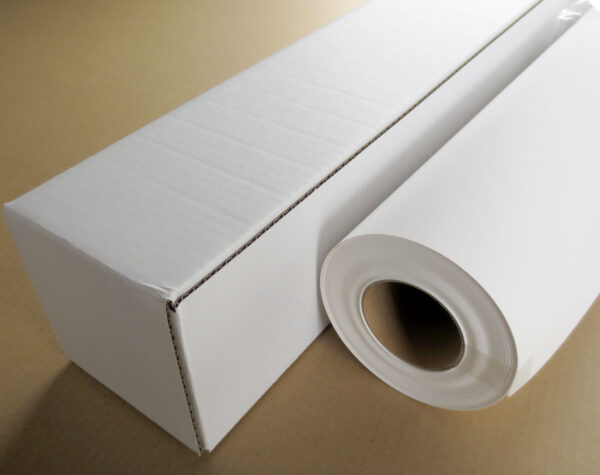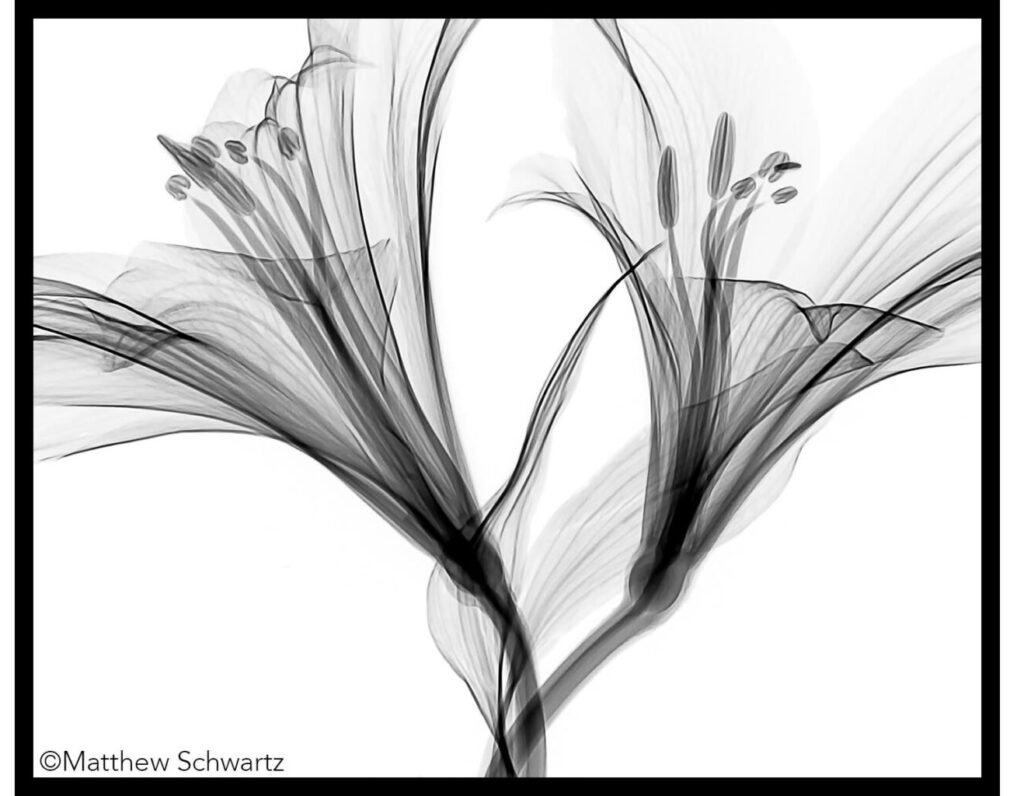
In the world of printing inkjet photo paper, the choice of paper plays a crucial role in determining the quality and appearance of the final print. One type of paper that has gained significant popularity in the printing industry is inkjet matte paper. Inkjet matte paper offers several advantages over other types of paper, making it a preferred choice for many businesses. In this article, we will explore the various advantages of inkjet matte paper, provide guidance on choosing the best paper for your needs, share tips for using it effectively, and highlight its diverse applications.
Advantages of Inkjet Matte Paper
●Vibrant Colors
One of the primary advantages of inkjet matte paper is its ability to reproduce vibrant colors. The matte surface of the paper reduces the reflectivity, allowing the colors to appear more saturated and intense. This makes inkjet matte paper an excellent choice for printing photographs, art prints, and other colorful graphics where capturing the true essence of the image is crucial.
●Anti-gloss
Unlike glossy paper, inkjet matte paper has a non-reflective surface, which eliminates the glare caused by ambient light. This anti-gloss characteristic makes it an ideal choice for environments where lighting conditions cannot be controlled effectively, such as trade shows or exhibitions. The absence of glare ensures that the printed content remains easily readable and visually appealing from different viewing angles.
●Water-resistance

Another significant advantage of inkjet matte paper is its water resistance. The ink used in inkjet printers is typically water-based, and on matte paper, it quickly absorbs into the surface, reducing the risk of smudging or bleeding. This water-resistance property makes inkjet matte paper suitable for various applications, including outdoor signage, menus, and brochures that may be exposed to moisture or handled frequently.
●Image Resolution

Inkjet matte paper has a smooth surface that allows for excellent image resolution. It enhances the details and sharpness of printed images, making it ideal for applications that require high-quality, precise graphics, such as architectural plans, technical drawings, or fine art reproductions. The combination of vibrant colors, anti-gloss properties, and high image resolution makes inkjet matte paper a versatile choice for many professional printing needs.
How to Choose the Best Inkjet Matte Paper?

When selecting inkjet matte paper, several factors should be considered to ensure optimal print results. These factors include the type of printer, GSM (Grams per Square Meter), paper coating, and surface texture.
●Types of Printers
Different printers have specific paper handling capabilities and requirements. It is essential to choose inkjet matte paper that is compatible with your printer type. Consult the printer’s manual or manufacturer’s specifications to determine the recommended paper types and weights for your printer model.
By the way, some printers also have automatic duplex printing capability, which can automatically flip the paper and complete double-sided printing without manual intervention.
●GSM
GSM refers to the weight and thickness of the paper. A higher GSM indicates a thicker and more substantial paper. Consider the intended use of the printed materials and select the appropriate GSM accordingly. Lighter GSM is suitable for everyday office documents, while heavier GSM is preferred for high-quality prints or materials that require durability, such as brochures or business cards.
●Paper Coating
Inkjet matte papers may have different types of coatings applied to the surface. These coatings can affect the print quality, ink absorption, and durability of the paper. Some common coatings include microporous coatings, resin coatings, or nanoporous coatings. Each coating type offers distinct characteristics, so choose the one that best suits your specific printing needs.
●Surface Texture
The surface texture of inkjet matte paper can vary from smooth to slightly textured. Smooth papers offer a clean and polished look, while textured papers can add depth and character to printed images. Consider the desired visual and tactile effects of your printed materials when selecting the appropriate surface texture.
Tips for Using Inkjet Matte Paper
To achieve the best results with inkjet matte paper, consider the following tips:
●Printing Settings

Adjust the printing settings on your printer to match the specifications of the inkjet matte paper. These settings may include paper type, print quality, and color calibration. Consult the printer manual or manufacturer’s guidelines for recommended settings to achieve optimal print results.
●ICC Profiles
ICC (International Color Consortium) profiles are standardized color management files that ensure accurate color reproduction between different devices, such as printers and monitors. Use ICC profiles specifically designed for inkjet matte paper to achieve consistent and predictable color output. These profiles can be obtained from the paper manufacturer’s website or other reliable sources.
●Storage of Inkjet Matte Paper
Proper storage of inkjet matte paper is crucial for maintaining its print quality. Store the paper in a cool, dry environment, away from direct sunlight and excessive humidity. Ensure that the paper is stored flat to prevent any warping or curling. Follow the manufacturer’s recommendations for storage conditions to maximize the lifespan and performance of the paper.
Applications of Inkjet Matte Paper
The versatility of inkjet matte paper opens up a wide range of applications across various industries. Some common applications include:
Photography: Inkjet matte paper is a popular choice for printing photographs, providing vibrant colors and excellent image reproduction.
Fine Art Prints: The high image resolution and anti-gloss properties of inkjet matte paper make it ideal for fine art prints and reproductions.
Graphic Design: Inkjet matte paper is frequently used for creating marketing collateral, brochures, posters, and other promotional materials.
Technical Drawings: The precise image reproduction and high resolution of inkjet matte paper make it suitable for printing architectural plans, engineering diagrams, and technical drawings.
Office Documents: Inkjet matte paper is also suitable for everyday office documents, such as reports, presentations, and correspondence.
Conclusion
Inkjet matte paper offers numerous advantages over other paper types, making it a powerful tool in the printing industry. Inkjet matte paper’s ability to produce vibrant colors, anti-gloss properties, water resistance, and high image resolution makes it a preferred choice for various applications. By considering factors such as printer compatibility, GSM, paper coating, and surface texture, businesses can select the best inkjet matte paper for their specific needs. Following proper printing settings, utilizing ICC profiles, and ensuring proper storage of the paper will further enhance the quality of the prints. Whether it’s for photography, fine art, graphic design, technical drawings, or office documents, inkjet matte paper unlocks the potential to create visually stunning and professional prints.
If you want to learn more about the other kinds of photo paper, welcome to click the page to check-in. If you have any questions about this article, welcome to comment at the end. We are waiting for your reply and e-mail all the time. Thanks a lot.






